Category: Fall (autumn leaves)
-
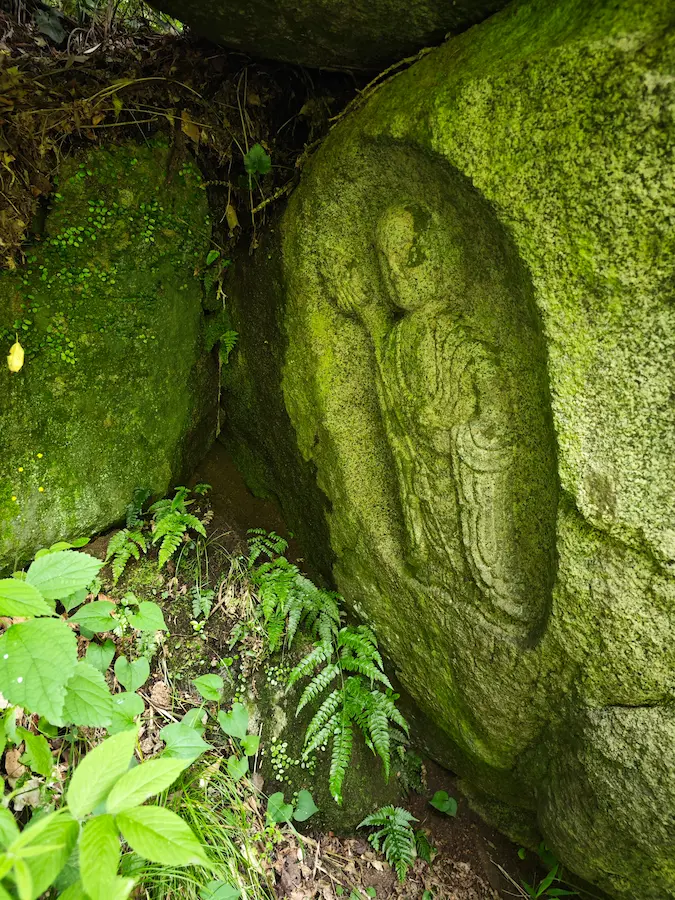
Gansenji Joruriji Hiking
Gansenji Joruriji Hiking is one of the best light hikes that can be done as a day trip from Kyoto. Both Gansenji Temple and Joruriji Temple are located in the mountains of Kizugawa City, near Nara, and offer important cultural assets and national treasures, including buildings and Buddhist statues dating from the Heian and Kamakura…
-
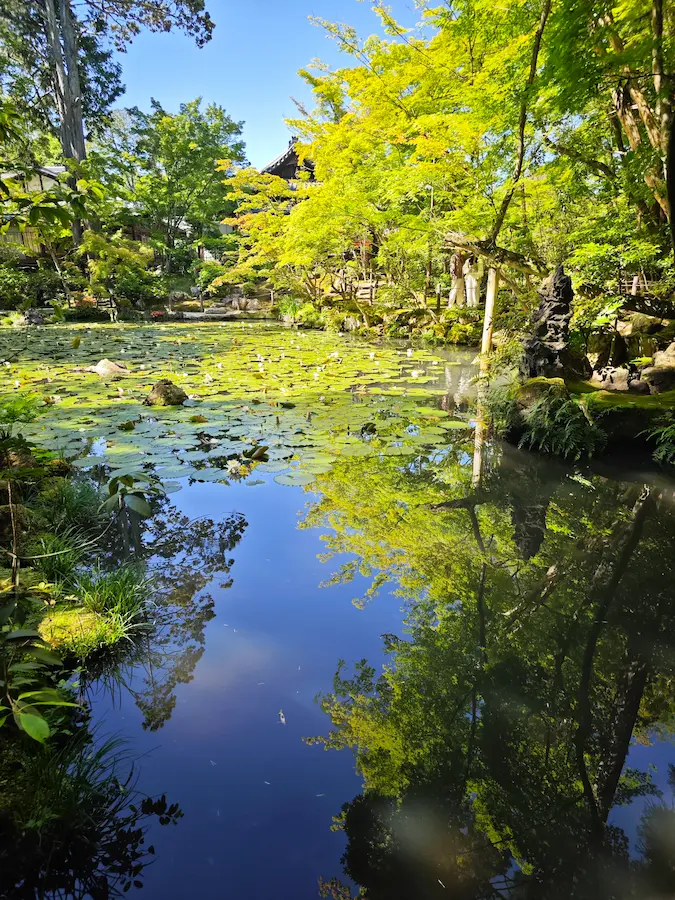
Tenju-an Temple
Tenju-an Temple, a sub-temple of Nanzenji Temple, is a historic Zen temple in the Sakyo Ward of Kyoto City. It belongs to the Rinzai sect’s Nanzen-ji branch. The temple was founded in 1339 during the early Northern and Southern Courts (Nanbokucho) period. It was established by Kokan Shiren, the 15th abbot of Nanzenji, with the…
-
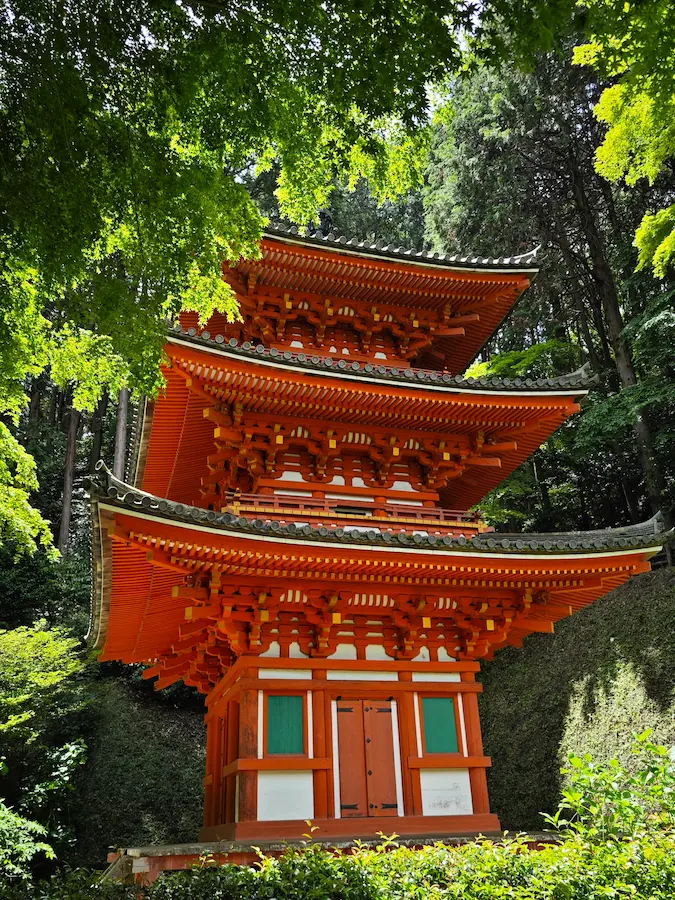
Gansenji Temple
Gansenji Temple: A Tranquil Sanctuary Steeped in History and Culture Nestled in the picturesque hills of Kizugawa City, Kyoto Prefecture, Gansenji Temple is a serene sanctuary surrounded by beautiful nature. Renowned for its exquisite architecture, stunning gardens, and valuable cultural treasures, this temple offers visitors a profound and moving experience. This article delves into the…
-
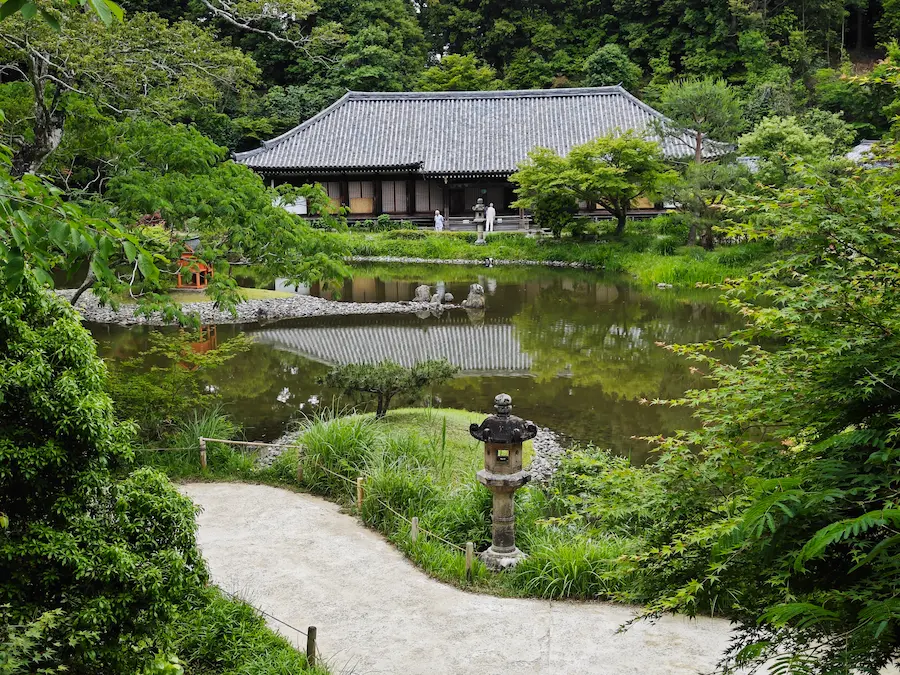
Joruriji Temple
Joruriji Temple, also known as Joruri Temple, is a historic and culturally significant temple located in the Kizugawa City of Kyoto Prefecture, Japan. It is not in the Kyoto City, and it takes about 2 hours by public transport. Joruriji Temple is famous for its beautiful gardens, ancient structures, and the rich cultural heritage it…
-
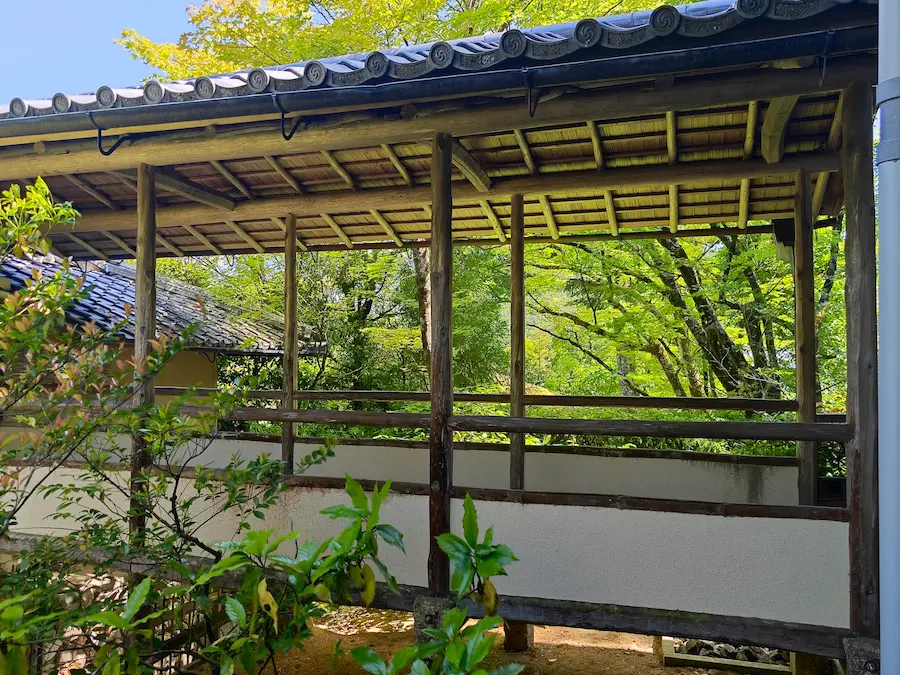
Koetsuji Temple
Koetsuji Temple is a must-visit for anyone exploring Kyoto. Its blend of art, nature, and tranquility offers a unique experience. Plan a visit in autumn for the best views. Enjoy the serene beauty and rich history of this hidden Kyoto treasure. Located in Kyoto, Koetsuji Temple is a hidden gem. This serene temple offers a…
-
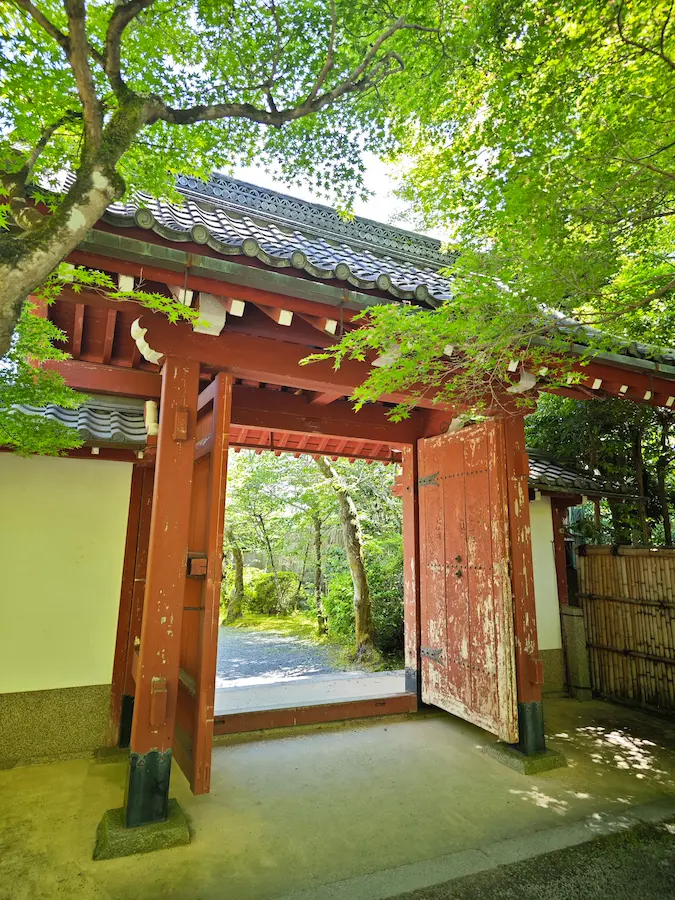
Joshoji Temple
Joshoji Temple offers a serene escape from the bustling city of Kyoto. Its connection to Yoshino Tayu adds historical depth and cultural significance. Whether you’re visiting for the cherry blossoms, autumn leaves, or just a peaceful retreat, Joshoji is a hidden gem worth exploring. Temple’s official WEB site Introduction Kyoto, Japan, is known for its…
-
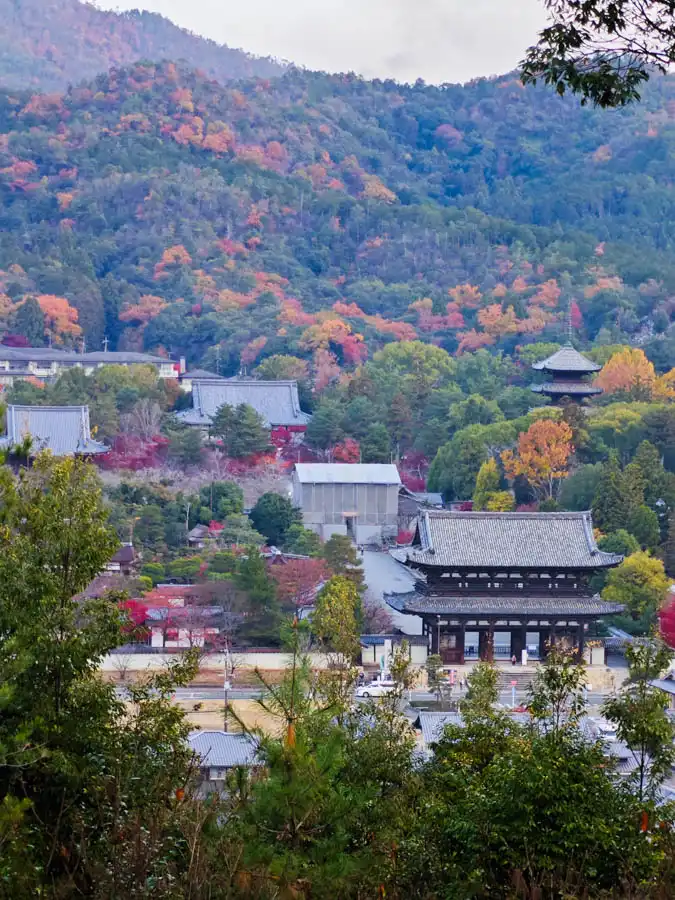
Narabigaoka (双ヶ丘)
Narabigaoka, a scenic hill in Kyoto’s Ukyo-ku. Explore historic trails with a one-hour hike, revealing panoramic views of Ninnaji Temple. Immerse in nature and history at this national scenic beauty spot. It also boasts 24 burial mounds, forming the burial mound complex. Narabigaoka is a hill in Omuro, Kyoto City. It is named after the…
-
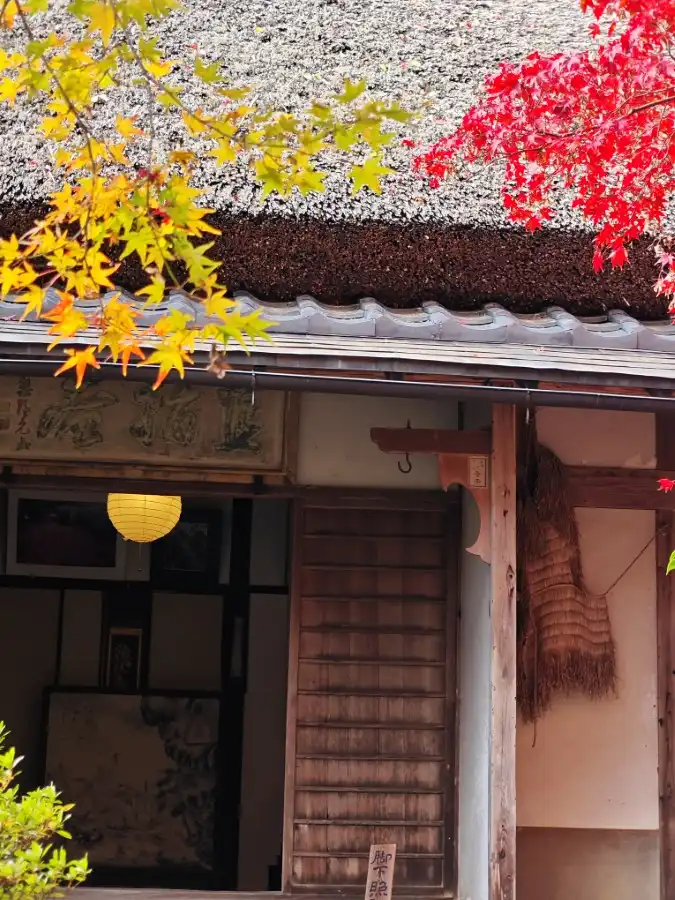
Jikishian Temple (直指庵)
Discover Kyoto’s hidden treasure, Jikishian Temple, nestled in the serene hills of Sagano. Founded in 1646, this historic site reveals the rich legacy of Obaku Zen. Renewed during the Edo period, it boasts a reed-thatched main hall, Aiai Jizo statues for luck in marriage, and vibrant seasonal foliage, especially during fall. Embrace the tranquility of…
-
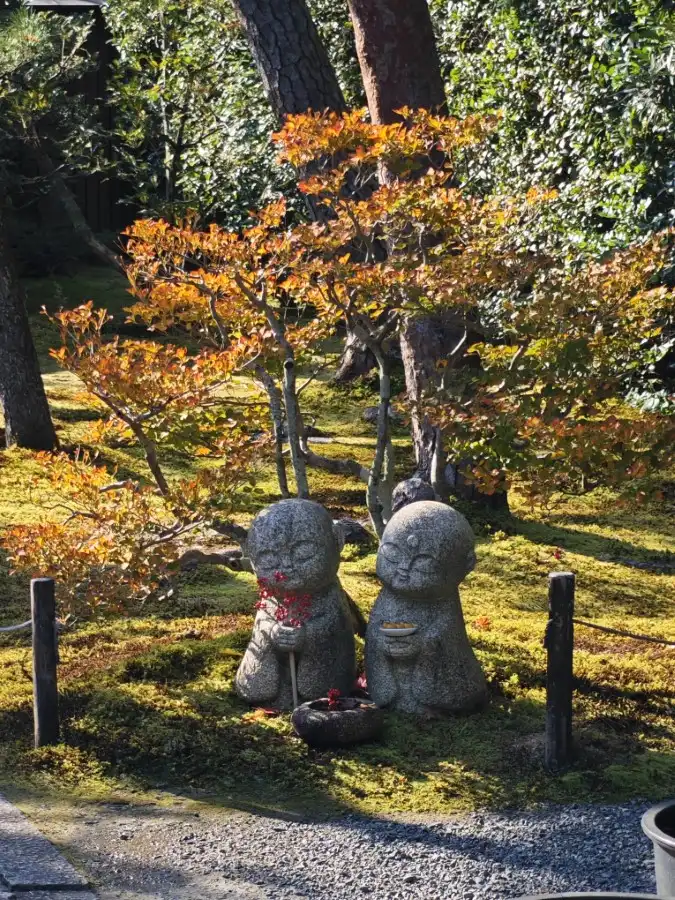
Daiou-in Temple, Myoshinji (大雄院)
Daiou-in Temple, nestled within the serene grounds of Myoshin-ji Temple in Kyoto, beckons visitors with a rich history dating back to 1603. Founded by Ishikawa Mitsutada in memory of his ill-fated father, the temple unfolds a captivating tale of love and political intrigue. Mitsutada’s mother, Okame-no-Kata, caught the eye of Tokugawa Ieyasu, resulting in the…
-
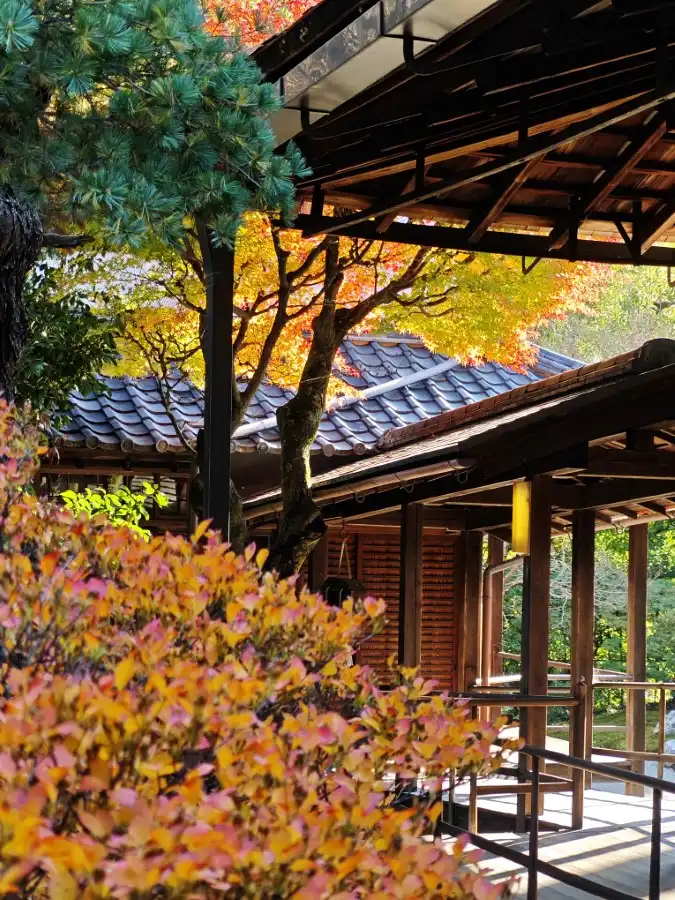
Daishin-in Temple (大心院), Myoshinji
Nestled within the historic Myoshinji Temple complex in Kyoto, Daishin-in Temple beckons as a hidden gem. Operating a unique lodging house, it retains the essence of its past when monks from across Japan sought refuge here. Open year-round to visitors, Daishin-in boasts a rich history dating back to 1479. The main hall, entrance, and a…
-
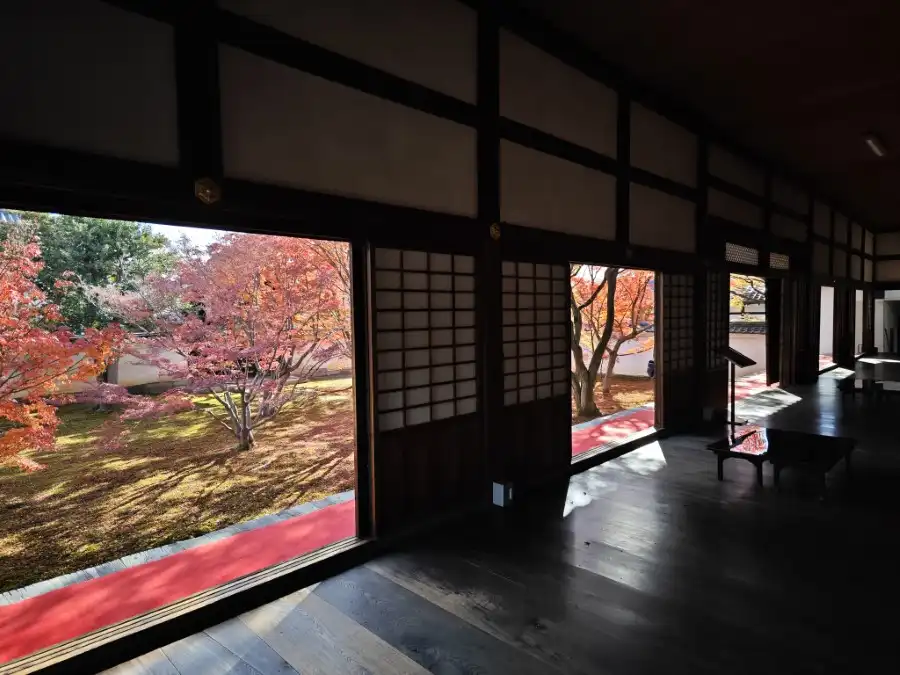
Myokakuji Temple (妙覺寺)
Immerse yourself in Kyoto’s historical tapestry at Myokakuji Temple, founded in 1378 and now a tranquil haven. Relocated in 1583 by Toyotomi Hideyoshi, this temple is a gem among the “Kyoto Nichiren Shu Meisho Sanguzan.” With ties to renowned figures like Ashikaga Yoshiteru and Date Masamune, the temple served as a retreat for Nobunaga and…
-
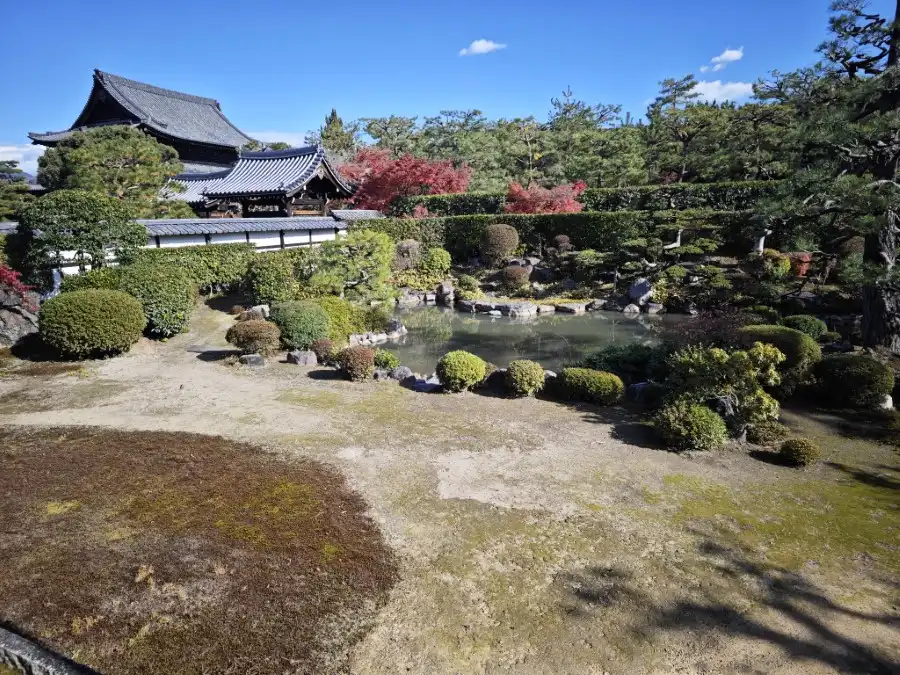
Kyushoin Temple (久昌院), Kenninji
Kyushoin Temple is one of the sub-temples of Kenninji Temple and is located in the precincts of Kenninji Temple. It is the family temple of the Okudaira clan, founded in 1608 by Nobumasa Okudaira. He was the first lord of the Kano Han. It is said that Kyushoin was named after Nobumasa’s Buddhist name. This…
-
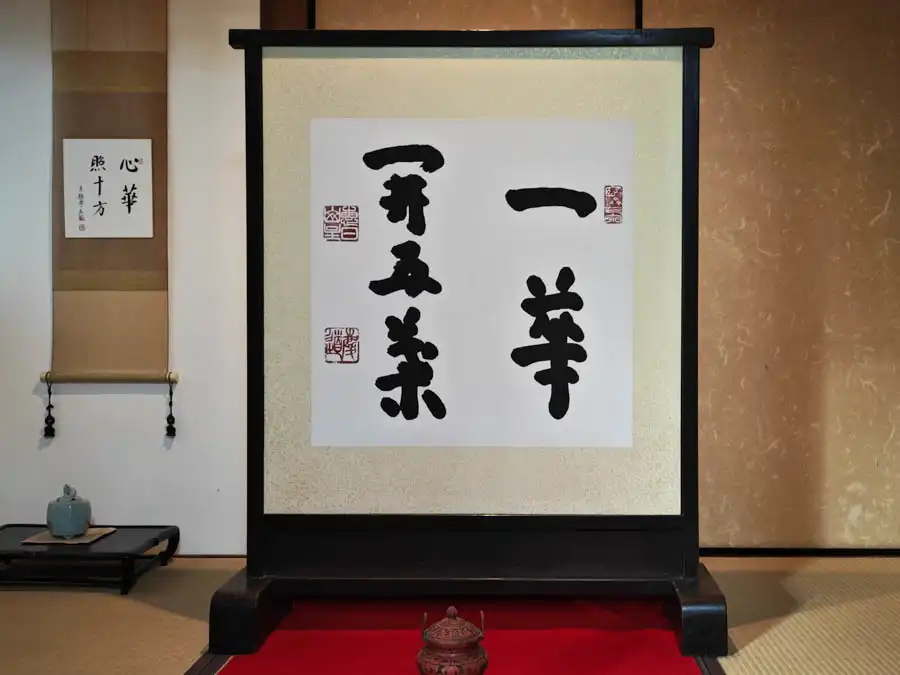
Ikka-in Temple, Tofukuji (一華院)
Nestled on the route to Tofukuji Temple, Ikka-in is a hidden sub-temple founded in 1382 by Zen master Tozan. Unveiling its secrets during the autumn leaves season, the temple welcomes visitors to explore its serene charm and engage in tea ceremonies. The name “Ikka-in” stems from the Zen teaching of unfolding one’s mind like a…
-
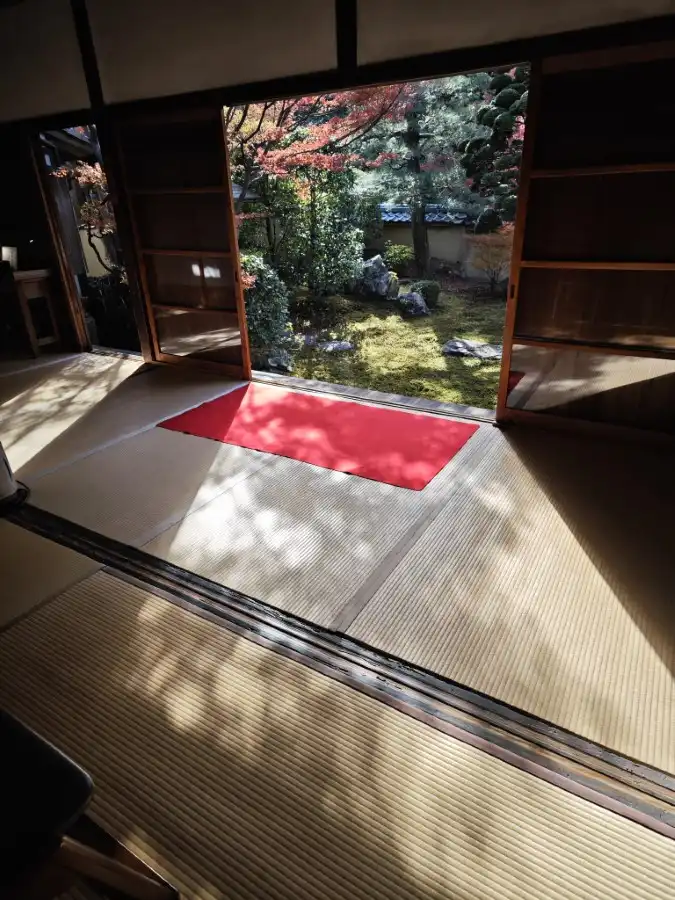
Tentokuin Temple (天得院), Tofukuji
Tentokuin Temple is one of the sub-temple of Tofukuji Temple. The temple was founded by monk Mumu Issei, the 30th abbot of Tofukuji Temple, during the Shohei Era (1346-1370) of the Northern and Southern Dynasties. At that time, the temple was one of the five important sub-temples of Tofukuji Temple and boasted of its prosperity.…
-
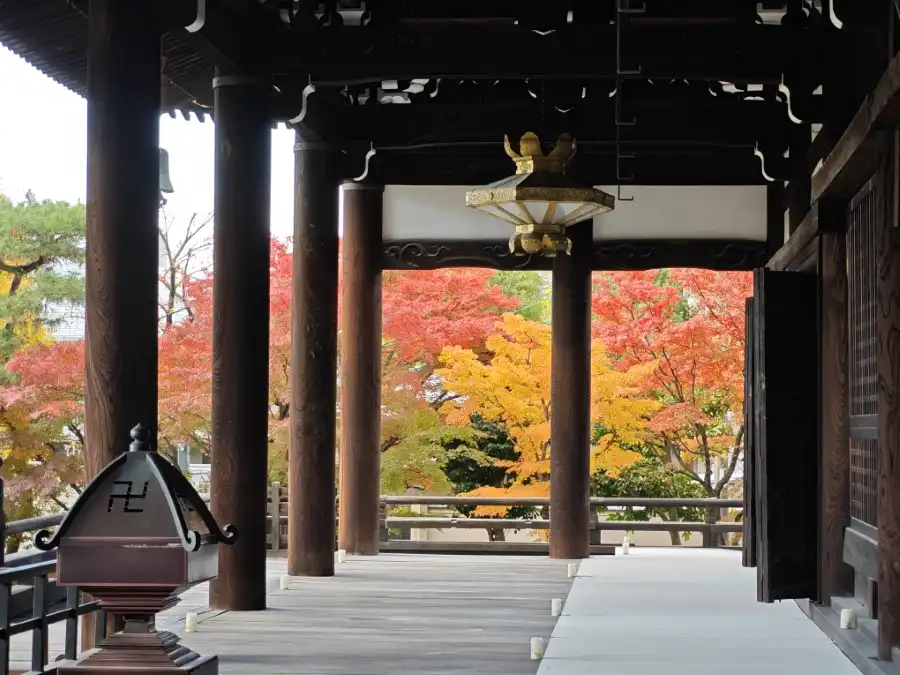
Myokenji Temple (妙顯寺)
Embark on a journey through history and spirituality at Myokenji Temple, the heart of Nichiren Shu in Kyoto’s Kamigyo-ku. Founded in 1321 by Nichizo, a missionary bestowed land by Emperor Godaigo, the temple became the fundamental Hokke school sanctuary in Kyoto. Despite challenges, including attacks by the Hieizan Enryakuji sect, the temple persevered. Today, Myokenji…
-
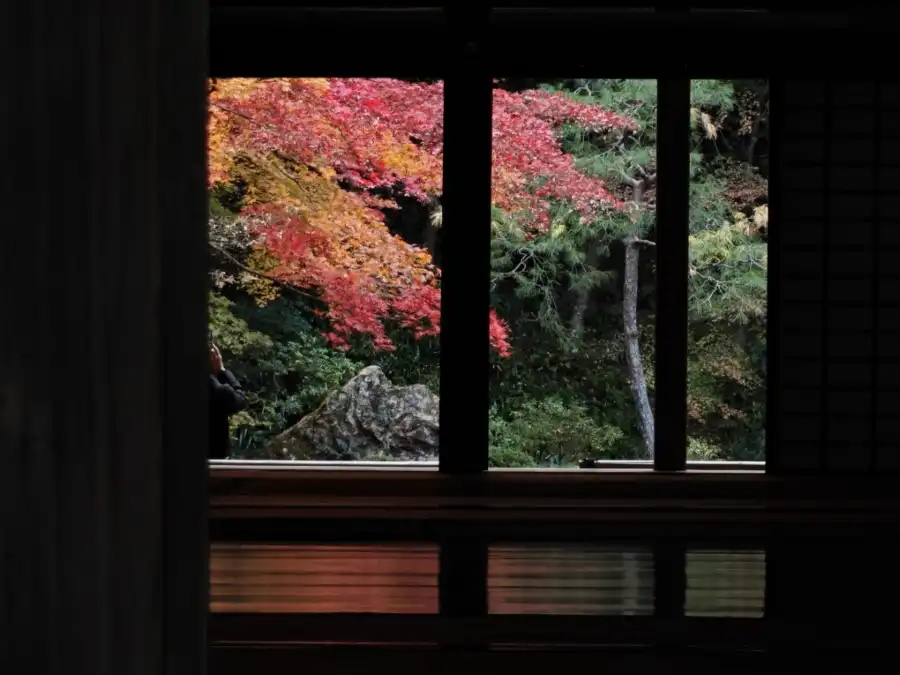
Nanzenin Temple, Nanzenji (南禅院)
Nanzenin Temple, nestled on a hill from Nanzenji Temple, Kyoto, bears historical significance as the former detached palace of Emperor Kameyama, who retired to become a Buddhist monk in 1289. The entrance, reached through the Suirokaku water bridge, unveils a serene hall and an enchanting garden. Designed in the late Kamakura period, the garden exudes…
-
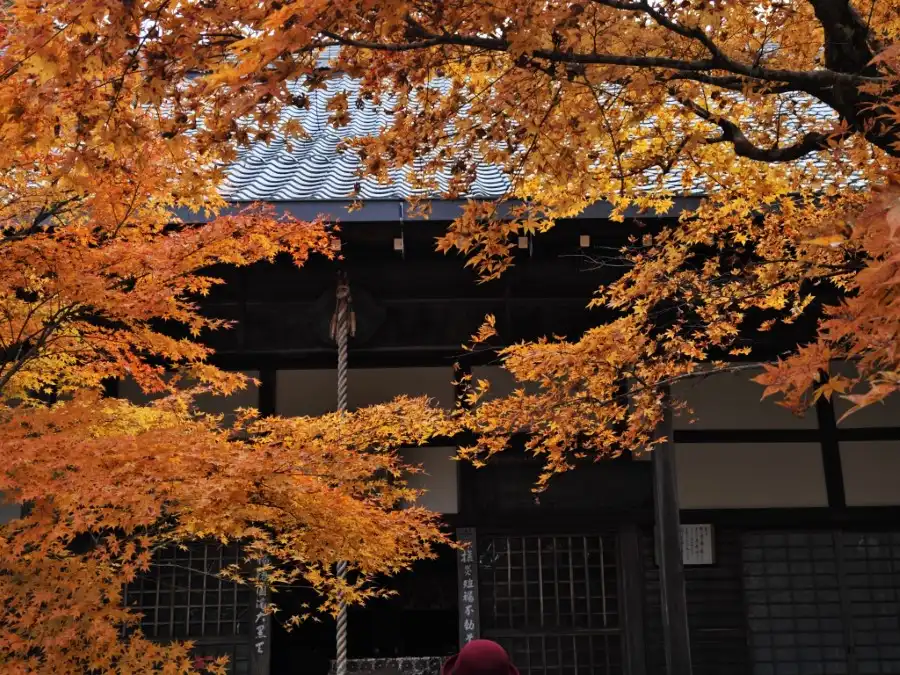
Saishoin Temple, Nanzenji (最勝院)
Nestled tranquilly north of Nanzenji temple, Saishoin Temple invites you to a serene haven enveloped by nature’s embrace throughout the seasons. Dedicated to the revered Kamakura-period high priest, Koma Dochi, this temple exudes historical significance. Serving as the guardian deity of Nanzenji Temple, Saishoin holds a cherished position in the hearts of worshipers, especially renowned…
-
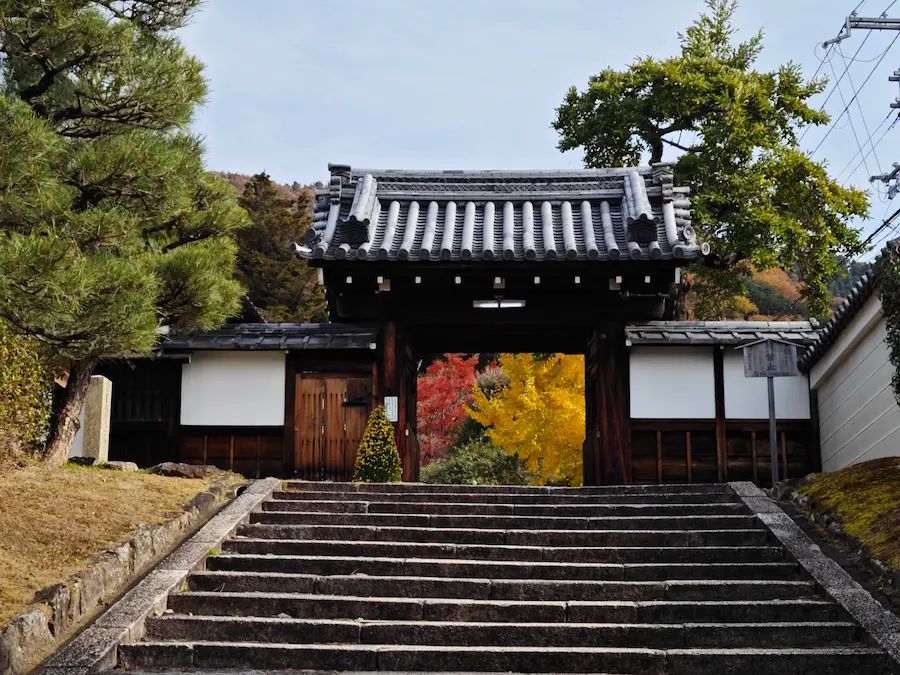
Reikanji Temple (霊鑑寺)
Nestled in Kyoto’s tranquility, Reikanji Temple unveils its splendor to the public for a fleeting two weeks, revealing a hidden gem seldom explored by foreign tourists. Founded in 1654, this Rinzai sect temple holds imperial lineage, its main hall a gift from Tokugawa Ienari. The exquisite Shoin, once an imperial palace, beckons with its tailored…
-
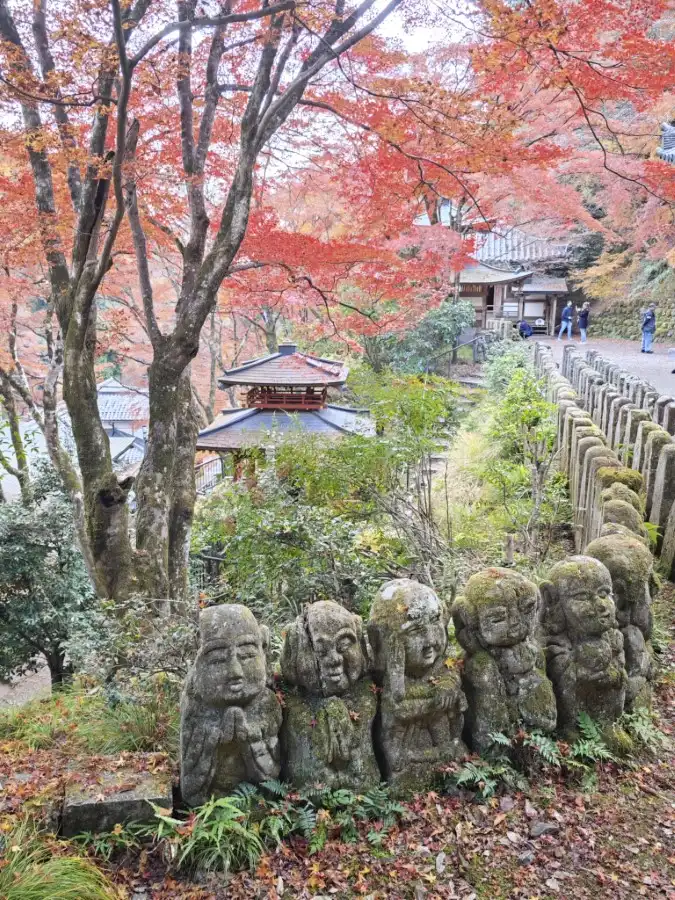
Otagi Nenbutsuji Temple (愛宕念仏寺)
Otagi Nenbutsuji Temple is often confused with Adashino Nenbutsuji Temple. But these two Nenbutsuji Temples are completely different temples. Adashino Nenbutsuji Temple is located in the middle of Saga Toriimoto Preserved Street, while Otagi Nenbutsuji Temple is further up the mountain, past the first torii of Atago Jinja Shrine. In the Nara Period (766), Emperor…
-

Enrian Temple, autumn leaves (厭離庵)
The Enrian Temple stands out for the beauty of its autumn foliage. The place is known only to a few and is definitely a hidden gem in Kyoto. The Enrian Temple is located on the road from Seiryoji Temple to Nison-in Temple in Sagano. It is not far from Tenryuji Temple, the head temple of…
-
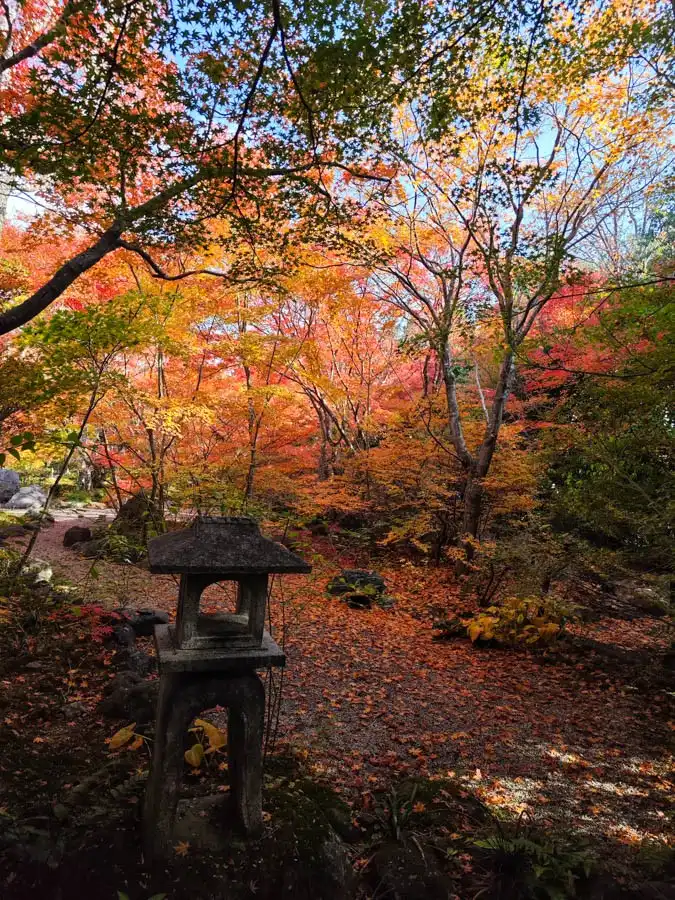
Houkyouin Temple (宝筐院)
Houkyouin is a temple of the Rinzai sect in Sagano, Kyoto. It is located near Seiryoji Temple, known as Saga Shakado. This temple is famous for its beautiful autumn leaves. Although it is an inconspicuous temple, it attracts a large number of visitors during the autumn foliage season. However, there are still very few foreign…
-
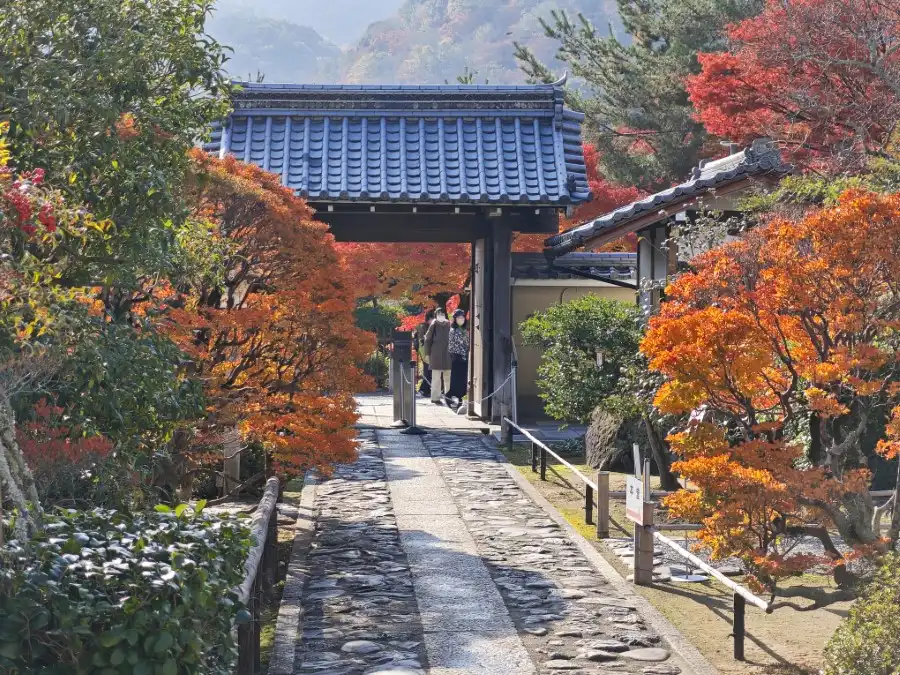
Kogenji Temple (弘源寺), Tenryuji
Kogenji is one of the pagodas of Tenryuji Temple, a World Heritage Site. It is located just north of the Imperial Gate of Tenryuji Temple. It is famous for the standing statue of Bishamonten and the Kosho Garden, a dry landscape garden. Kogenji’s Bishamonten stature is an important cultural property. The Bishamonten statue is open…
-
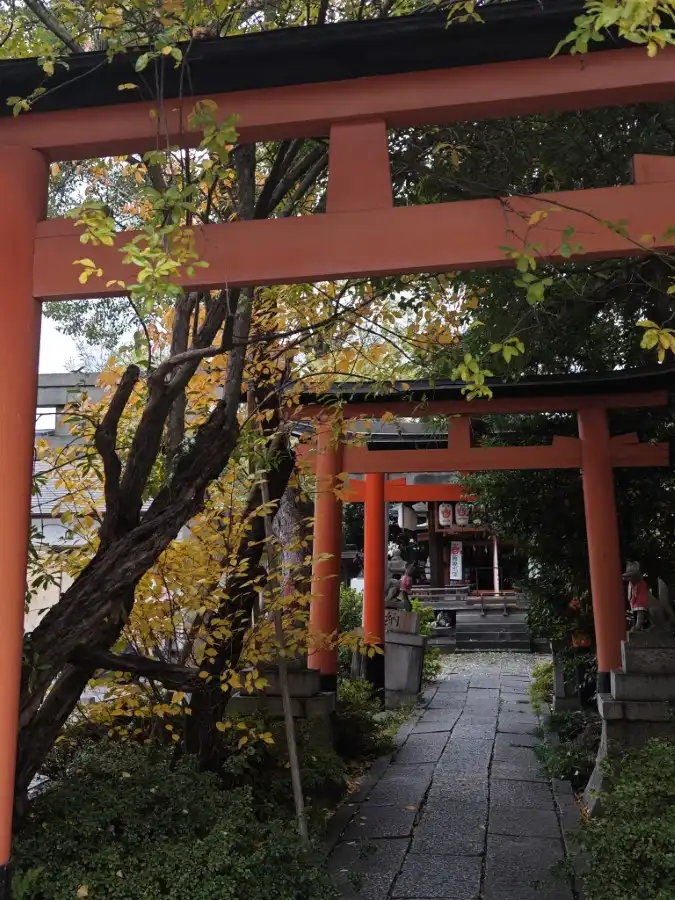
Takenobu Inari Shrine (武信稲荷神社)
Takenobu Inari Shrine is not for tourists. Located near the Sanjo-dori shopping street. It is a shrine with deep roots in the community where locals visit from time to time. It is a small shrine but has a long history. Yoshisuke Fujiwara, Minister of the Right, founded Takenobu Inari Shrine in 859 during the early…
-
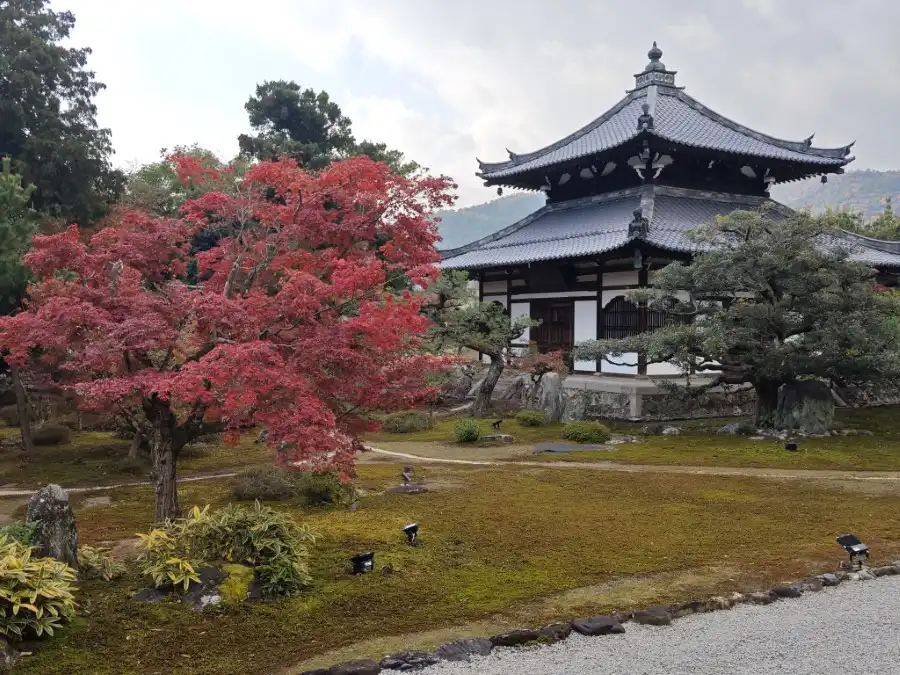
Rokuouin Temple (鹿王院)
Although not far from Arashiyama, where so many tourists visit, Rokuouin is a quiet temple where you will rarely see foreign tourists. Entrance gate The gate to enter the temple is a gabled gate with a tile roof. It is the only Zen temple gate with a main pillar rising to the ridge. The gate…
-
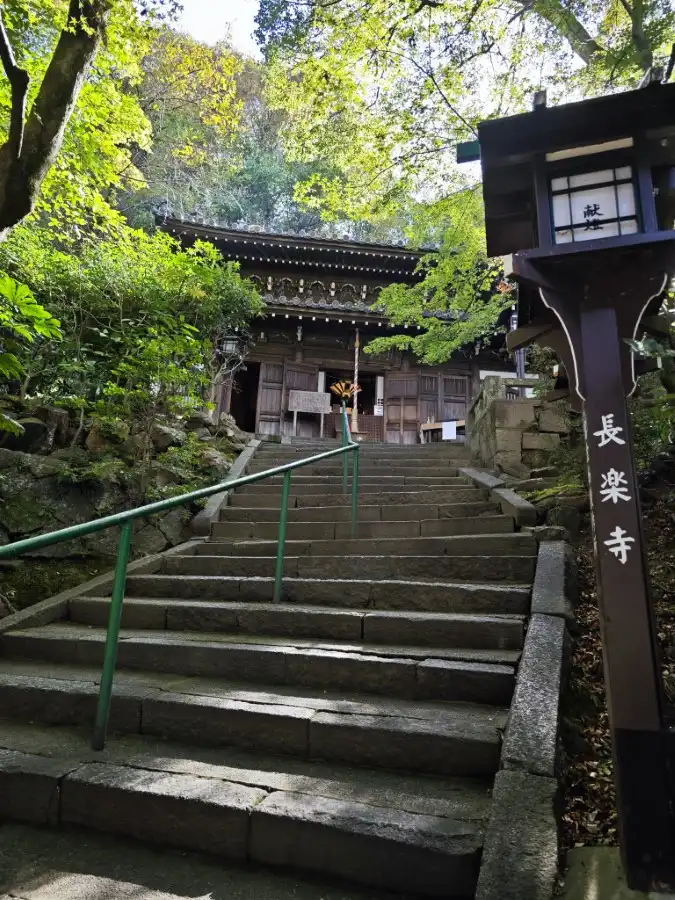
Chorakuji Temple (長楽寺), Kyoto
Chorakuji, a captivating temple in Kyoto, beckons foreign tourists with its enchanting blend of history and spirituality. Nestled amidst Kyoto’s picturesque landscapes, Chorakuji boasts awe-inspiring architecture and serene gardens. Visitors are invited to explore the rich tapestry of Japanese culture through the temple’s symbolic elements and ancient rituals. The tranquil ambiance provides a unique opportunity…
-
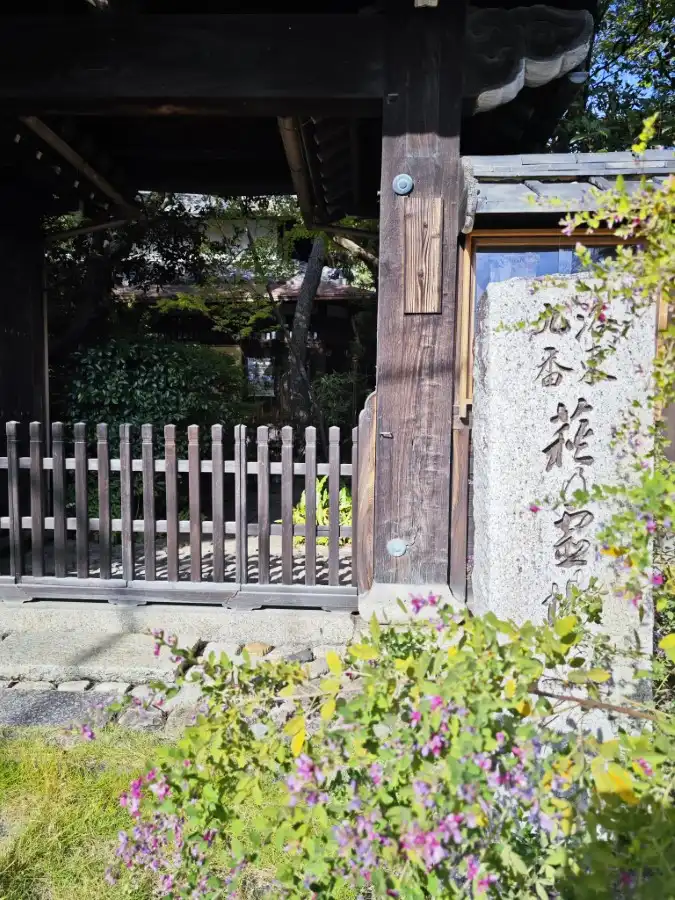
Koshoji Temple (迎稱寺)
Koshoji Temple is a temple of the Jishu sect of Buddhism and is close to Shinnyodo and other temples. Icchin Shonin (1278-1355), the sixth generation of the Yugyo Shonin (leading priests of the Jishu sect), founded this temple. However, there are other stories regarding the origin of this temple. The wooden structure of Icchin Shonin…
-
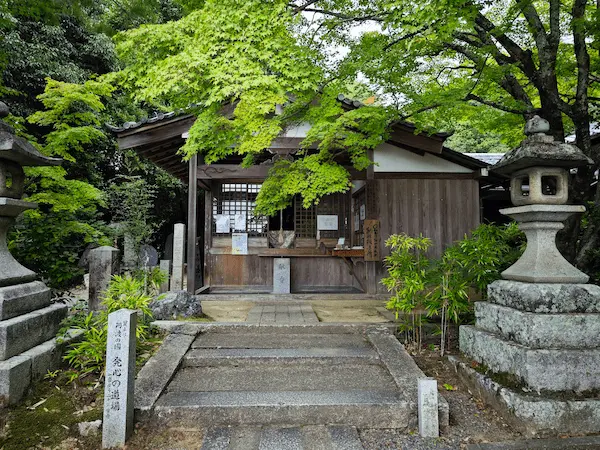
88 sacred temples Pilgrimage in Omuro (御室八十八ヶ所霊場)
Behind the Ninnaji Temple, there is a mountain path called Omurojojusan, which is dotted with 88 small Buddhist temples. Ninnaji Temple manages this route. In the Edo period (1603-1868), it was difficult to visit the 88 sacred sites on Shikoku. So in 1827, the 29th Monk of Ninnaji Temple made a request to bring back…
-

Obai-in temple (黄梅院), Daitokuji
Obai-in temple’s gardens are must see if you have chance. This temple is a real hidden gem in Kyoto. Oda Nobunaga built Obai-an in 1562 as a memorial service for his father, Oda Nobuhide. And it is one of the sub-temples of Daitokuji Temple. After Nobunaga’s sudden death due to the Honnouji Incident, Hideyoshi Hashiba…
-
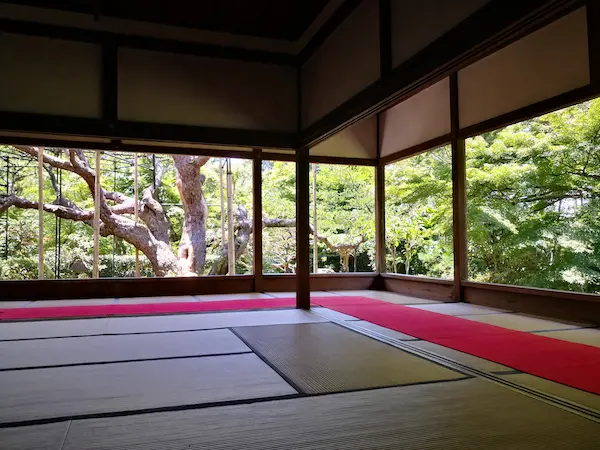
Hosenin Temple (宝泉院) in Ohara
Hosenin temple is a temple of the Tendai sect in Ohara. Together with the Jikkoin Temple, it is a sub-temple of the Shorinin Temple. As visitors enter through the temple gate, they see before them a temple’s symbol, a 700-year-old goyomatsu (five-leaf pine tree). Because it is a large and precious goyomatsu tree, “Hosenin no…
-
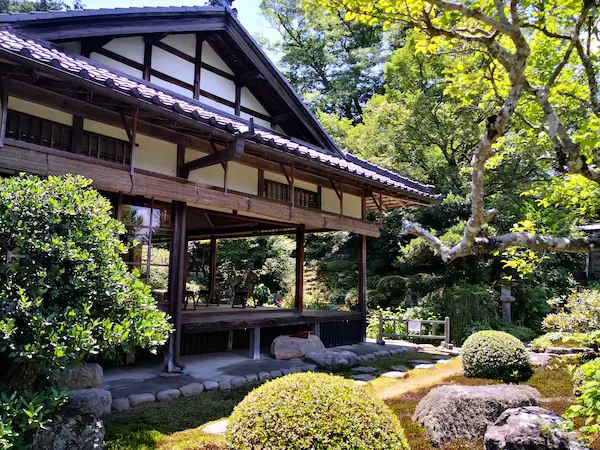
Jikkoin Temple (実光院) in Ohara
Jikkoin Temple in Ohara is a monastery of nearby Shorinin Temple, which used to be the main hall of a sub-temple of Gyozan Taigenji. In addition to this temple and Hosenin Temple, there used to be many other monastery buildings such as Fugenin and Rikakuin. The Temple’s official WEB site tells the history of the…
-
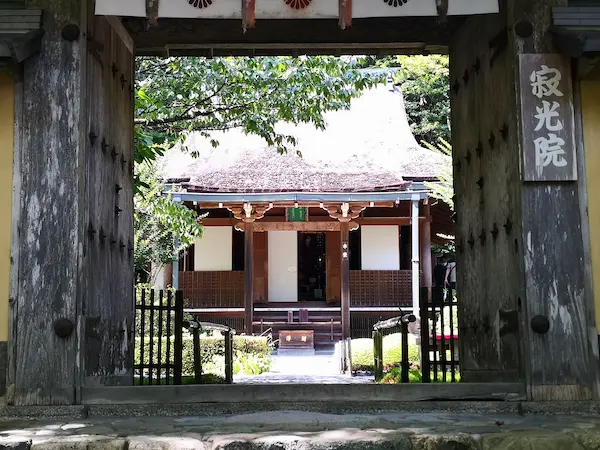
Jakkoin Temple (寂光院) in Ohara
Jakkoin Temple in Ohara is a nunnery of the Tendai sect of Buddhism. This is the temple where Kenreimonin, daughter of Taira no Kiyomori, spent the rest of her life. History of Jakkoin Temple In 594 Prince Shotoku built the temple to mourn the loss of his father, Emperor Yomei. The first abbot was Tamateru…
-
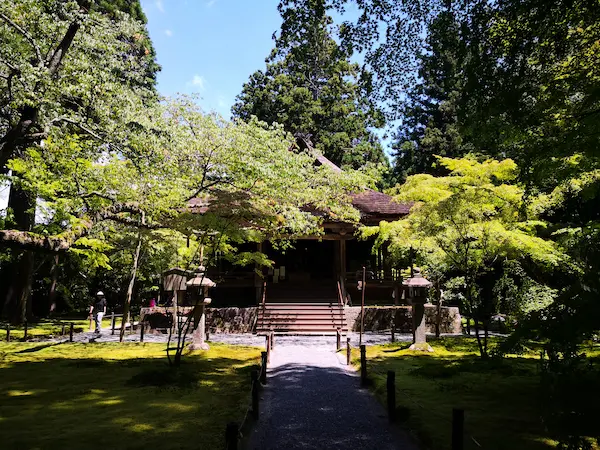
Sanzenin Temple (三千院) in Ohara
Sanzenin Temple was originally built by Saicho during the Enryaku era (782-806) in the Toto Minamidani (東塔南谷) on Mt. Hiei. Since the late Heian period, the temple has been a monzeki, with the prince and imperial family serving as abbots. The location of the temple has moved several times over time, from within Hieizan to…
-
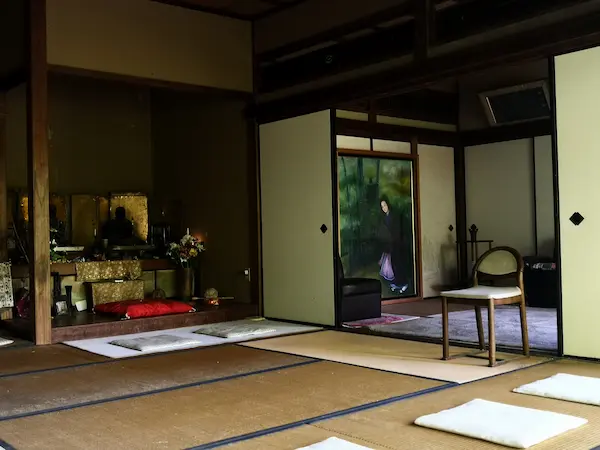
Takiguchidera Temple (滝口寺)
Takiguchidera Temple is a very small temple next to Gioji Temple in Saga area. This temple began as the Oujo-in temple in the Heian period. The temple was abandoned during the Meiji period due to the abolition of Buddhism. It was rebuilt together with Gioji Temple in the Showa period. This temple is famous for…
-
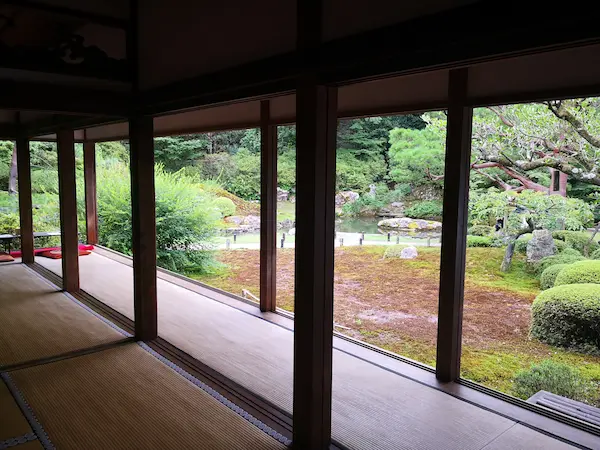
Shorenin Monzeki (青蓮院門跡)
Shorenin Monzeki is one of the three monzeki of Enryakuji Temple on Mt. Hiei (other two is Sanzen-in and Myoho-in). It is now one of the five Kyoto Monzeki of the Tendai sect. It originated from Shorenbo, a monk’s abode on Mt. Hiei, which at that time was the residence of Saicho, Ennin, and other…
-
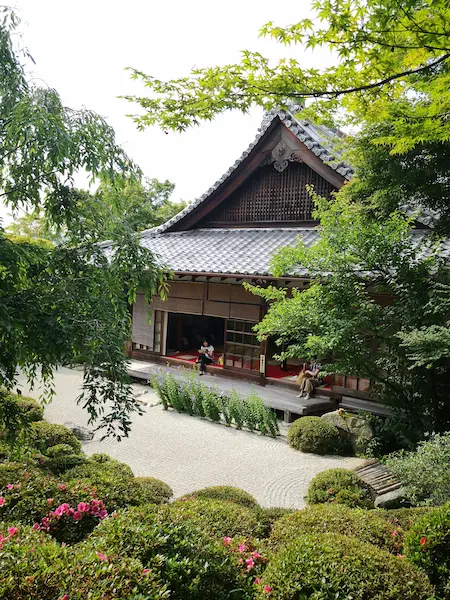
Konpukuji Temple (金福寺)
Explore Konpukuji Temple, a haven for Haiku enthusiasts in Kyoto. Founded in 864 and later revitalized by monk Tesshu in the Edo period, it’s a sacred site for Nanzenji Rinzai Zen Buddhism. Renowned poet Matsuo Basho and Tesshu forged a deep bond here, with a hermitage, “Basho-an,” as testimony. Discover the historic “O-no-Mizu” well and…
-
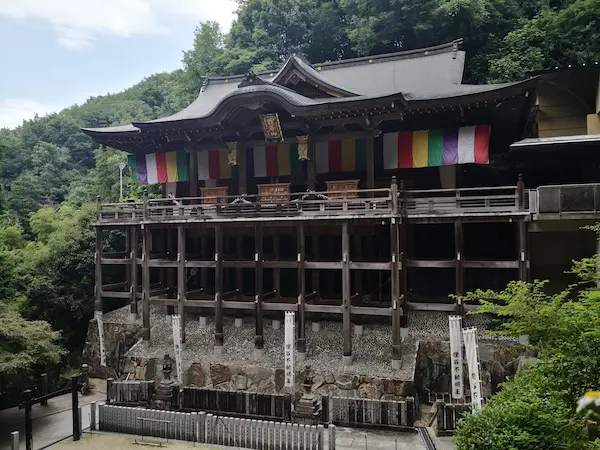
Tanukidani-san Fudō-in Temple (狸谷山不動院)
Tanukidani-san Fudoin is the head temple of Shugendo, the Shingon sect of Buddhism, located in Ichijoji, Sakyo-ku. The main hall of the temple, built in the Kengai-zukuri style (stage style), is located up the hill from Shisen-do Hall and 250 more steps. Templs’s official WEB site The origin of the Temple dates back to the…
-
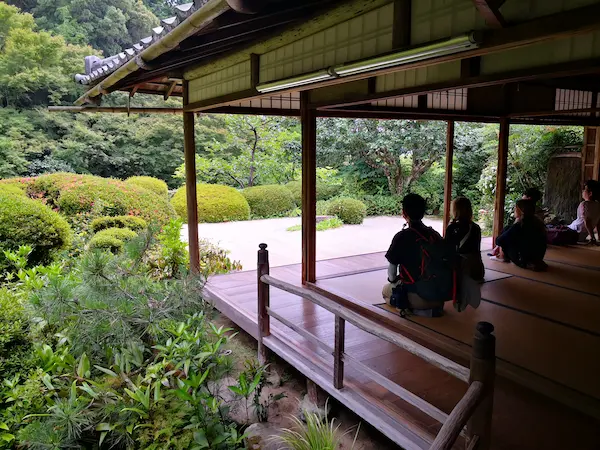
Shisendo Jozanji (詩仙堂丈山寺)
Shisendo is a branch temple of Eiheiji Temple of the Soto sect of Buddhism, where Ishikawa Jozan lived until his death in 1672 at the age of 90. Ishikawa participated in the Battle of Sekigahara in 1600. And quit the warrior’s life after the Summer Battle of Osaka in 1614. Afterwards, Ishikawa wrote poems on…
-
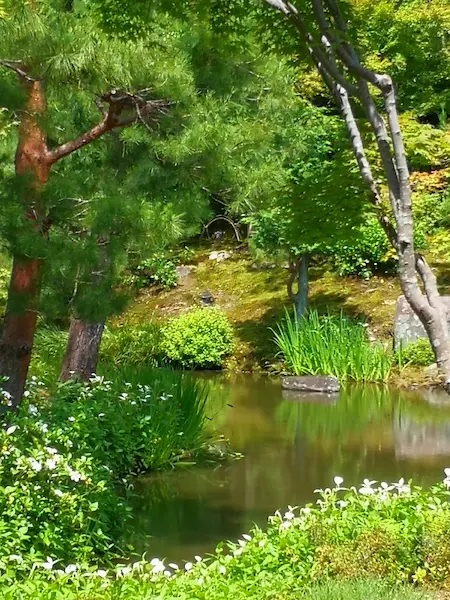
Toji-in Temple (等持院)
History Toji-in Temple is a temple of the Tenryuji school of the Rinzai sect of Zen Buddhism. Although the temple has a long history and is close to Kinkakuji Temple and Ryoanji Temple, it is quiet tourists rarely visit here. Ashikaga Takauji, the first shogun of the Muromachi Shogunate, invited the monk Muso Kokushi and…
-
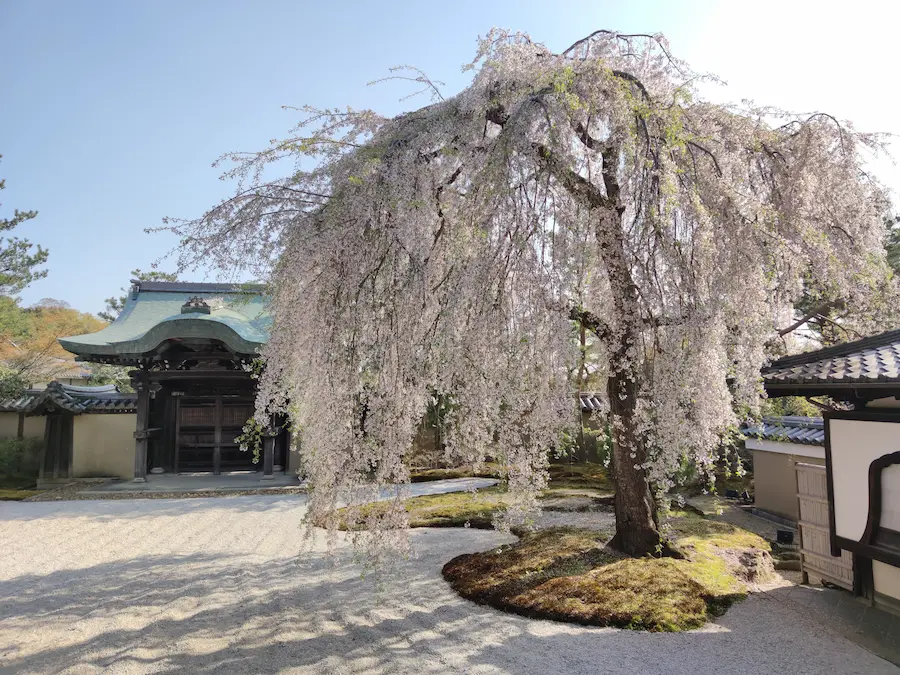
Kodaiji Temple (高台寺)
Kodaiji Temple is located between the famous Kiyomizu-dera Temple and Yasaka-Jinja Shrine, up the mountain side from a narrow path commonly called Nene-no-michi. Temple’s official WEB site History of Kodaiji Temple Hideyoshi Toyotomi’s wife, Nene (Kita-no-Mandokoro) founded the Kodaiji Temple in 1606 as a place of mourning for Hideyoshi. There are many important cultural assets…
-
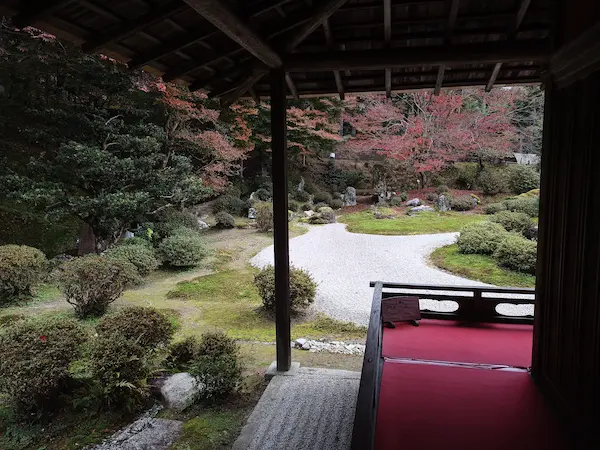
Manshu-in Temple (曼殊院)
Manshu-in is a monzeki temple located in Ichijodani. From Enkoji Temple, you will pass through a residential area and walk along a path called Manshuin-do (Manshuin Road), which leads to a wooded area. After passing through there, you will see Manshuin Temple. Manshu-in was originally opened by Saicho as a dojo on Mt. Hiei. It…
-
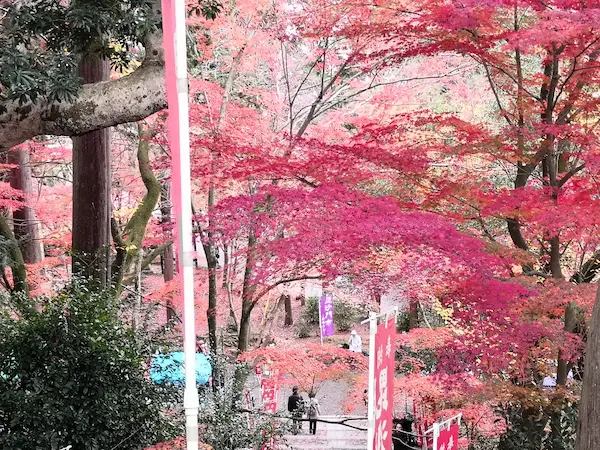
Bishamondo Monzeki (毘沙門堂門跡)
History of Bishamondo in Yamashina Bishamondo monzeki, in Yamashina, is a temple of the Tendai sect of Buddhism. It dates back to 703 when the Emperor Monmu requested the construction. When it was initially established, it lay north of the Kyoto Imperial Palace. It bore the name “Izumo-ji Temple.” After war and burning down, the…
-
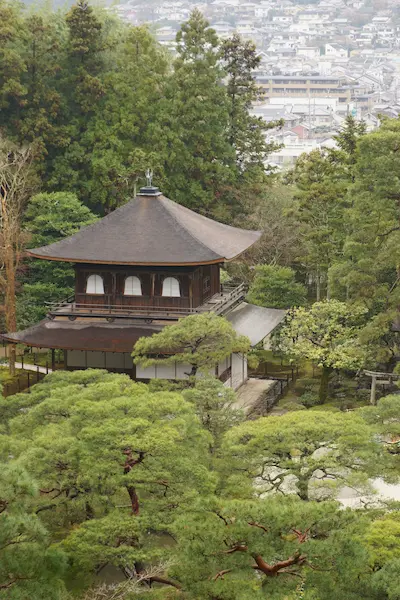
Ginkakuji Temple (銀閣寺)
The official name of Ginkakuji Temple is Higashiyama Jishoji Temple, one of the sub-temples of Shokokuji Temple. Ginkakuji is based on Higashiyama-den, a villa built by Ashikaga Yoshimasa, the 8th Shogun of the Muromachi Shogunate. It became a temple after Yoshimasa’s death. Shokokuji Temple Official WEB site (English page) The common name “Ginkaku” (silver pavilion)…
-
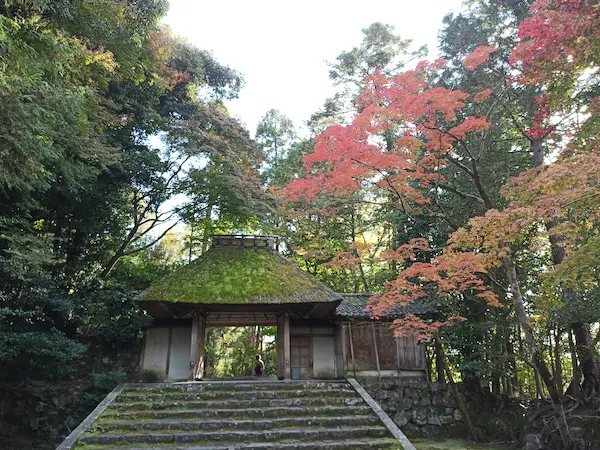
Honen-in Temple (法然院)
Leaving the Philosopher’s Path before reaching Ginkakuji Temple, visitors will find Honen-in Temple on the east side of the mountain. This temple was founded in 1680, in the early Edo period. The origin of the temple is as follows. Emperor Go-Toba was the one who later caused the Jokyu Rebellion and was exiled to Oki.…
-
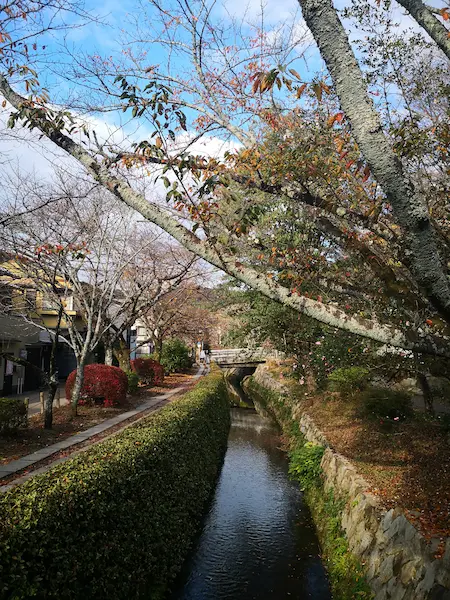
Philosopher’s Path (哲学の道)
Philosopher’s Path is a beautiful 2-kilometer walkway that connects Ginkakuji Temple and Nanzenji Temple. The name “Philosopher’s Path is not official one. The name is familiar because the surrounding scenery and serene atmosphere make it an ideal place for philosophical contemplation; it is named after the early 20th century philosopher, Kitaro Nishida, a professor at…
-
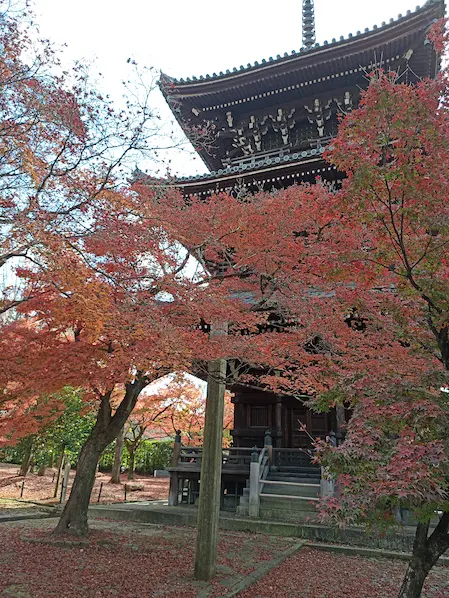
Shinnyo-do (真如堂)
When you pass through the north gate of Konkai Komyoji Temple, Shinnyo-do Hall is immediately ahead of you. Its official name is Shinsho-Gokurakuji Temple. It is a temple of the Tendai sect, with Hieizan Enryakuji as its head temple. And it was founded in 984. Its common name, Shinnyo-do, refers to the main hall. The…
-

Eishoin Temple (栄摂院)
Nestled along the enchanting path from Konkai-komyoji Temple to Shinnyo-do Hall, Eishoin Temple beckons with its vivid vermilion-lacquered entrance gate. A hidden gem among the sub-temples of Konkai Komyoji, Eishoin was crafted in 1589 by Morikatsu Kimata, a loyal vassal of Tokugawa Ieyasu. What truly captivates visitors is the intimate autumnal spectacle of Eishoin’s garden,…
-
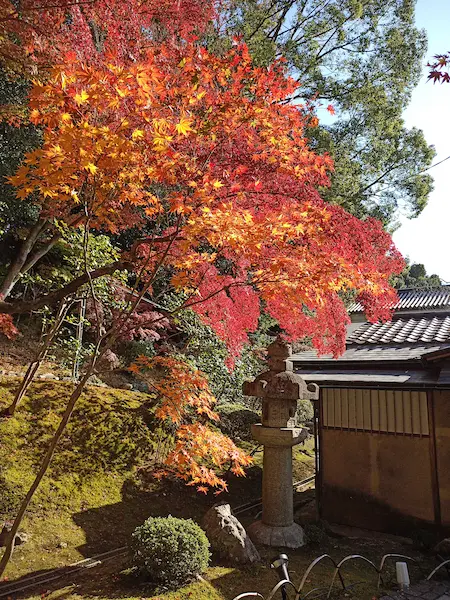
Konkai Komyoji Temple (金戒光明寺)
Konkai Komyoji Temple is one of the seven head temples of the Jodo sect of Buddhism. And it is said to have been built by Honen in 1175. At the end of the Edo period, this temple became the headquarters of the Aizu han (feudal domain). Aizu han was appointed as the guardian of Kyoto,…
-
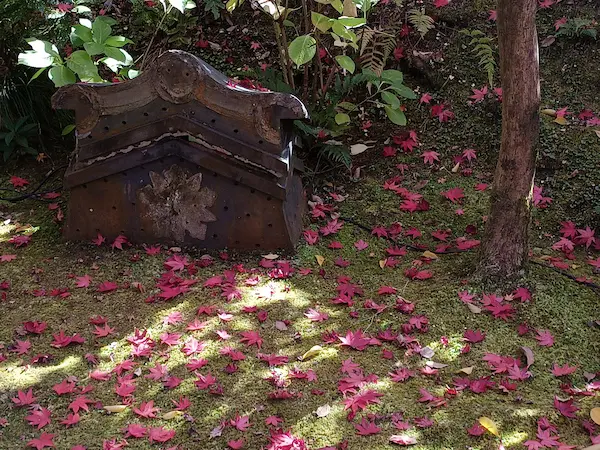
Eikando (永観堂)
Nestled near Nanzenji Temple, Eikando captivates with its Heian-era origins and the revered Looking-back Amidabutsu statue. A must-visit, especially in the enchanting autumn, the illuminated garden reveals Eikando’s timeless beauty. Explore the nearby Nanzenji Temple, famed for its vibrant fall foliage, ensuring an unforgettable Kyoto experience. Just a short distance from Nanzenji Temple, you find…
-
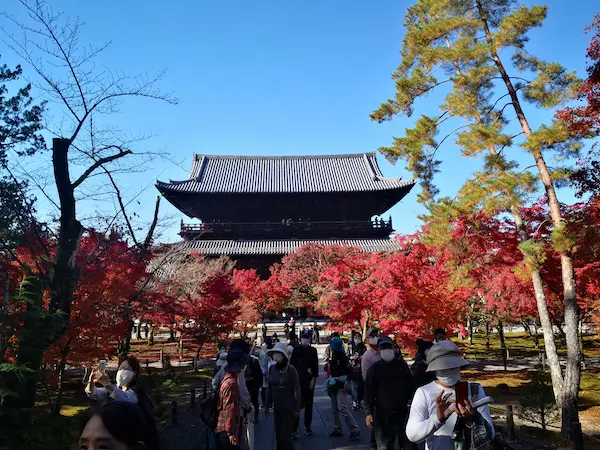
Nanzenji Temple (南禅寺)
Discover the timeless allure of Nanzenji Temple in Kyoto, founded in 1291 by Hōhō Kameyama. Renowned in the Zen sect, the temple’s vast Sanmon Gate, an important cultural property, impresses upon arrival. Ascend to its upper floor for panoramic views of Kyoto. Free entry to the temple grounds unveils captivating scenes—cherry blossoms in spring, green…
-
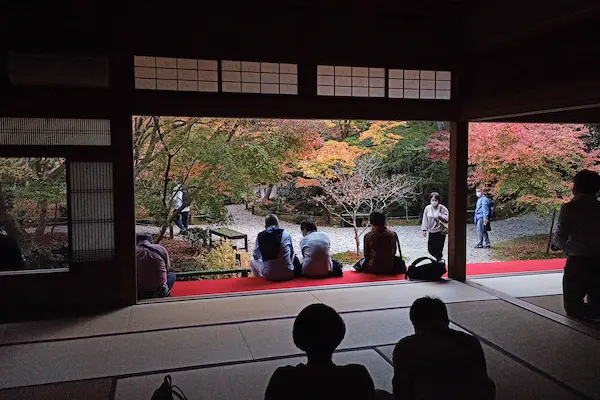
Enkoji Temple (圓光寺)
Enkoji Temple was originally opened by Tokugawa Ieyasu in 1601 as Enko-ji School in Fushimi, and was moved to its current location in Ichijodani in 1667. Cultural assets in the temple include a six-panel screen depicting bamboo groves by Maruyama Okyo (Important Cultural Property) and 50,000 wooden typefaces produced in the early modern period (Important…
-
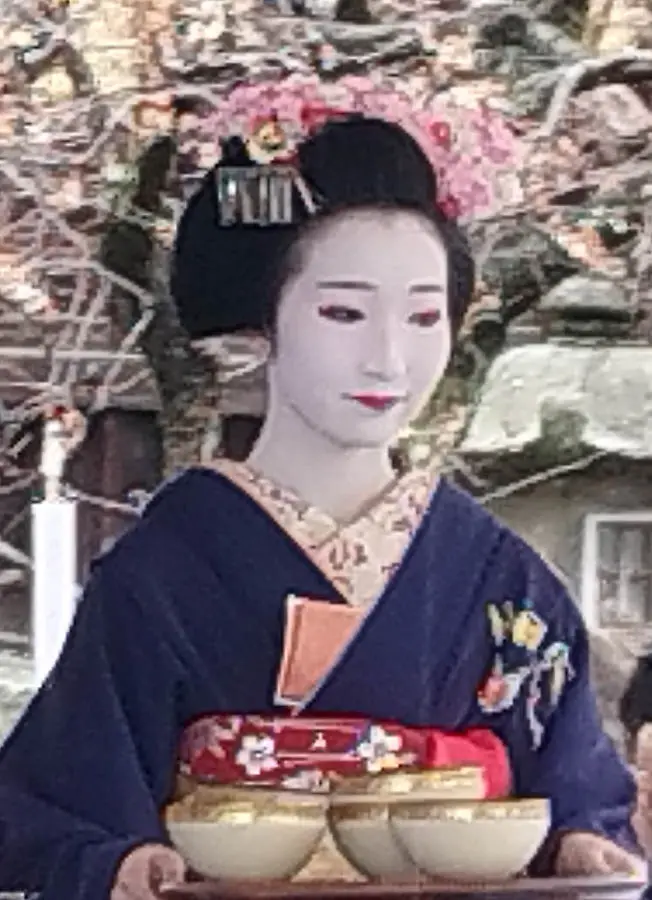
Kitano Tenmangu Shrine (北野天満宮)
Kitano Tenmangu Shrine can be entered through either the North Gate or the East Gate (Important Cultural Property). It is best to visit Kitano Tenmangu Shrine during the plum blossom season or the season of autumn leaves. Kitano Tenmangu Shrine, famous as Tenjin-san, is the general shrine of Tenmangu or Tenjin-sha throughout Japan. The shrine…
-
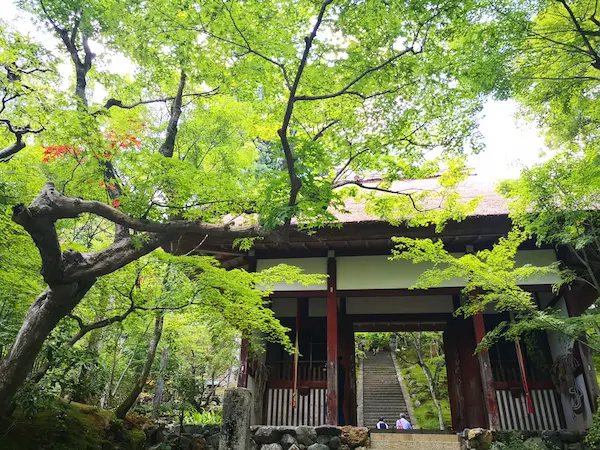
Jojakkoji Temple (常寂光寺)
The area around Jojakkoji Temple is quiet as if it were another world. It is just a short walk from Arashiyama, which is always crowded with tourists. Jojakkoji Temple is a Buddhist temple located in the scenic Saga district. It is on a forested Ogurayama mountainside, offering stunning views of the surrounding landscape. The temple…
-
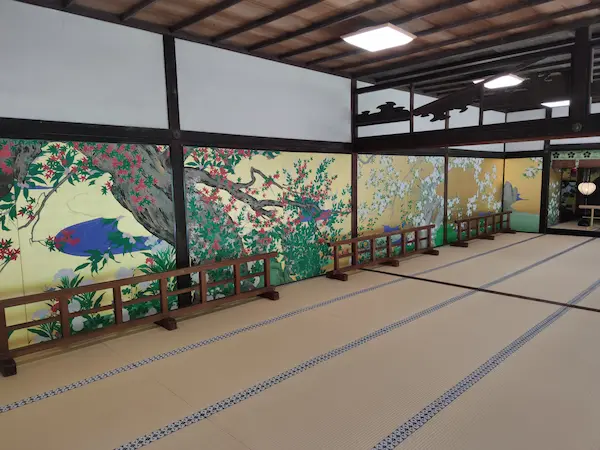
Chishakuin Temple (智積院)
Chishakuin Temple in Kyoto is the head temple of the Chizan School of Shingon Buddhism. Originally it was in Wakayama Prefecture as one of the sub-temples of the Daidenpoin Temple. Later it was rebuilt in Kyoto in 1598 after a war. Garden Chishakuin Temple has a famous pond garden facing the Daishoin (main drawing room).…
-
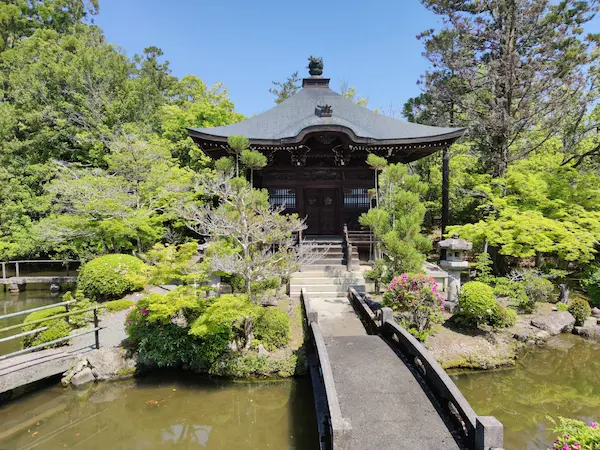
Seiryoji Temple (清凉寺)
Seiryoji Temple, also known as Saga Shakado in Sagano, is a cultural gem awaiting discovery by foreign tourists. Home to the revered Shakyamuni Buddha statue, a national treasure from India, the temple unveils this sacred artifact during special visits. The temple’s origins trace back to Seikaji, the model for Hikaru Genji’s “Saga no Godo” in…
-
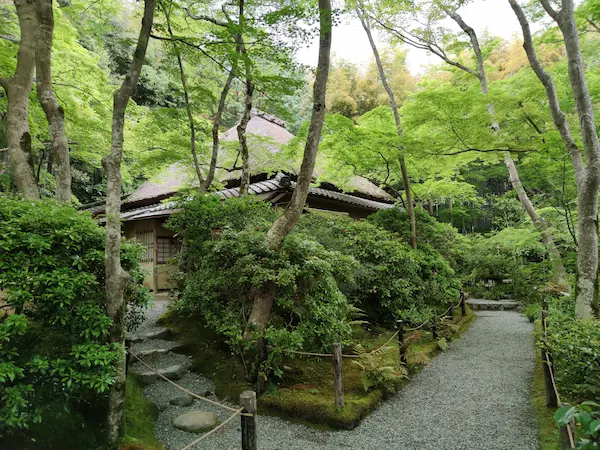
Gioji Temple (祇王寺)
Gioji Temple, a nunnery in green and tranquility According to the Tale of the Heike and the Genpei Seisuki, Gioji Temple is where Shirabyoshi (dancer) Gio became a nun at the then Saga Oujoin Temple along with his mother Toji and sister Kojo. Taira no Kiyomori once favored her but later treated her coldly. That’s…
-
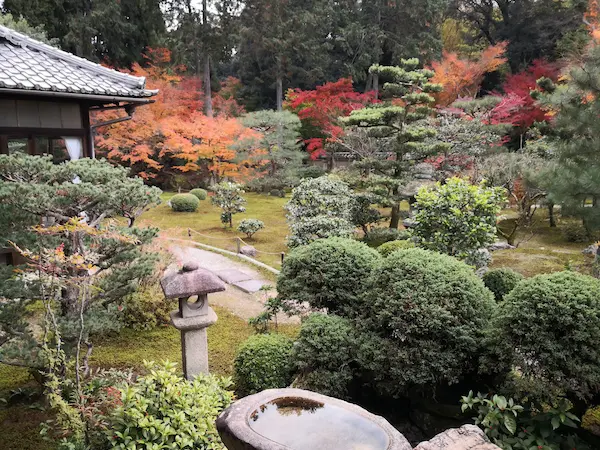
Sokushu-in Temple (即宗院)
Nestled within the embrace of Kyoto, Sokushu-in, a sub-temple of Tofukuji, boasts a storied history dating back to 1387. Originally built in memory of Ujihisa Shimazu, it was resurrected by Iehisa Shimazu in 1613 after a fire in 1569. A testament to resilience, the temple features a gate from its reconstruction. The Sokushu-in Garden, once…
-
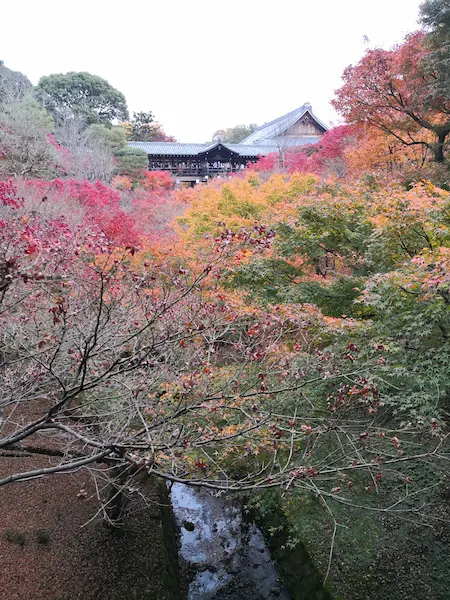
Tofukuji Temple (東福寺)
Tofukuji Temple is the head temple of the Tofukuji School of the Rinzai Sect of Zen Buddhism, and was completed in 1255. The Sanmon Gate is a National Treasure, and there are many other important cultural properties including the Zendo Hall. Tofukuji official WEB site The Sanmon Gate is the oldest and largest of the…
-
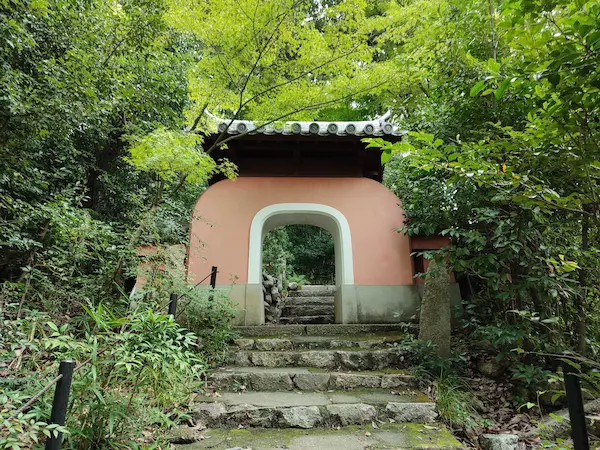
Sekihoji Temple (石峰寺) Temple associated with Ito Jakuchu
Sekihoji Temple is a temple of the Őbaku school of Zen Buddhism. The temple has distinctive Chinese-style gates, which is a characteristic of Obaku School. It is the place where Ito Jakuchu built a hamplet and spent the last years of his life. You can find his cemetery in the temple ground (there is his…
-
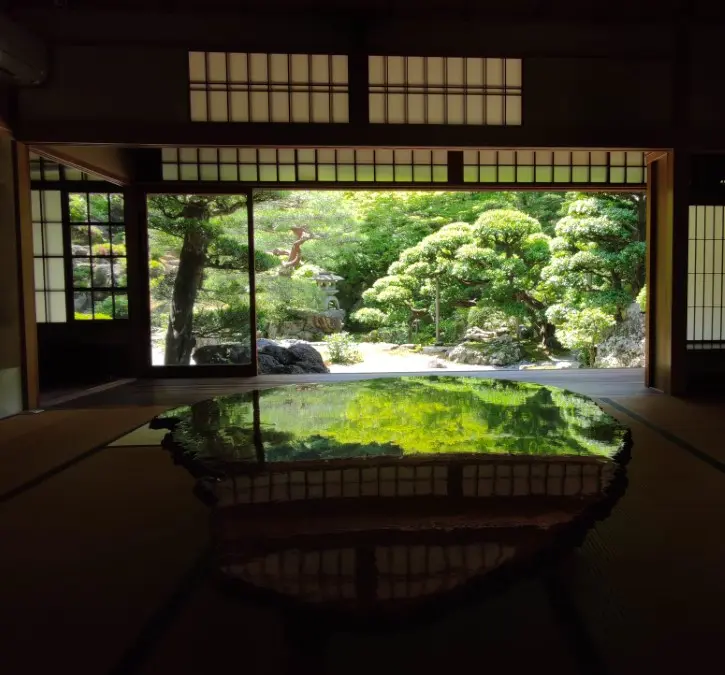
Kyutei Omuro (旧邸御室)
Kyutei Omuro, also known as the Omuro Residence, is a historic, traditional Japanese house. It is in the vicinity of the Ninnaji Temple in Kyoto. This house was built in 1937. And it is a Sukiya style architecture with magnificent decorations. Although this building has a short history, it is representative of Kyoto’s architecture and…